Sweet Lime Varieties – Sweet Lime Tree Growing And Care
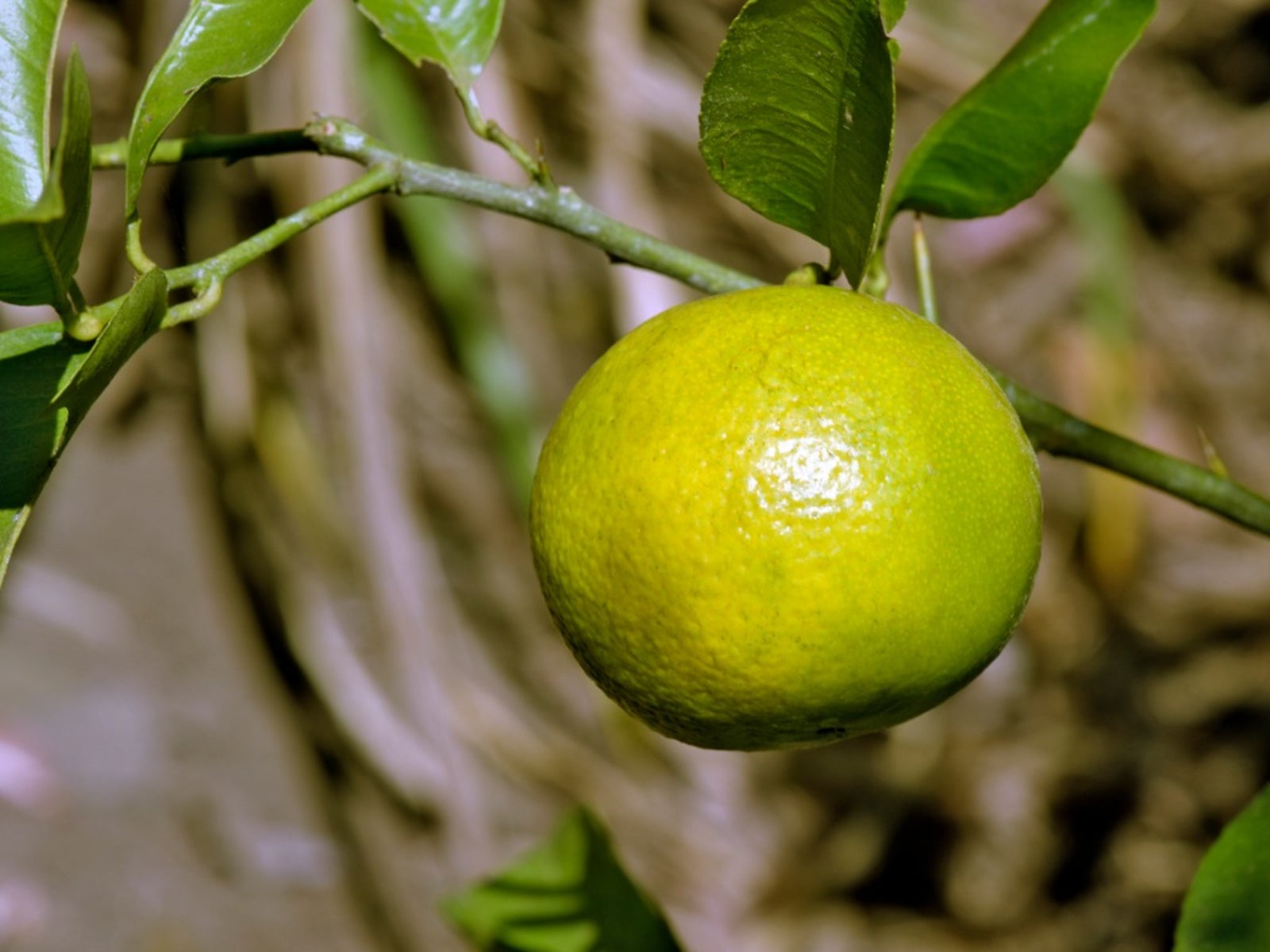
There’s a new citrus on the block! Okay, it isn’t new, but fairly obscure in the United States. We’re talking sweet limes. Yes, a lime that is less tart and more on the sweet side. Intrigued? Perhaps, you are interested in growing sweet lime trees. If so, read on to find out about sweet lime tree growing and how to take care of a sweet lime tree.
Sweet Lime Varieties
The sweet lime (Citrus limettioides) has a number of names depending upon what language is being spoken. In French, sweet limes are called limettier doux. In Spanish, lima dulce. In India, mitha limbu, mitha nimbu, or mitha nebu, with “mitha” meaning sweet. Other languages have their own names for the sweet lime and just to confuse matters, there is also a sweet lemon (C. limetta), which in some circles is also called a sweet lime. Sweet limes lack the acidity of other limes and, while sweet, the lack of tartness renders them almost bland to some tastes. Whatever you call them, there are basically two types of sweet lime, Palestine and Mexican sweet limes, as well as several sweet lime varieties grown in India. The most common, Palestine (or Indian) is an oblong to nearly round fruit with a rounded bottom. The peel is greenish to orange-yellow when ripe, smooth with obvious oil glands, and thin. The interior pulp is pale yellow, segmented (10 segments), incredibly juicy, low on acid, and has a slightly bitter to bland flavor. Palestine trees are large to shrubby, thorny, and hardier than ordinary lime trees. This varietal also bears during the rainy season in India when other citruses are out of season. Columbia is another varietal, as is ‘Soh Synteng,’ a more acidic variation with slightly pinkish, young shoots and flower buds.
About Sweet Lime Tree Growing
Sweet lime trees look much like the Tahiti lime, with serrated leaves and almost wingless petioles. Unlike supermarket limes, the fruit is yellow-green to yellow-orange in color. Actually, if you let any lime ripen, it would be similar in hue, but they are picked before they are ripe to lengthen their shelf life. The fruit is most likely a hybrid between a Mexican type of lime and a sweet lemon or sweet citron. The fruit is primarily cultivated in India, northern Vietnam, Egypt, tropical America, and countries around the Mediterranean coastline. The first fruit was brought to the United States from Saharanpur, India in 1904. Here, the plant is mostly grown as an ornamental for personal use, but in India and Israel, it is used as rootstock for the sweet orange and other citrus varieties. Growing sweet lime trees is possible in USDA zones 9-10. What type of sweet lime tree care is needed for successful growing in these areas?
Care of a Sweet Lime Tree
Plant sweet limes on the south side of a building where it will get the most warmth and protection from any cold snaps. Plant sweet limes in well-draining soil since like all citrus, sweet limes hate “wet feet.” A big thing to watch for with sweet lime tree care is temperature. Sweet limes can be grown in the garden or do nicely in containers as long as the ambient temps are 50 degrees F. (10 C.) or more. Container growing is nice since the tree can be moved to shelter if inclement weather is expected. Also, hot temperatures can also affect your sweet lime. Be sure to water the tree every 7-10 days if it is in the ground and up to every day if container-grown depending upon rain and temperature factors.
Gardening tips, videos, info and more delivered right to your inbox!
Sign up for the Gardening Know How newsletter today and receive a free copy of our e-book "How to Grow Delicious Tomatoes".

Amy Grant has been gardening for 30 years and writing for 15. A professional chef and caterer, Amy's area of expertise is culinary gardening.
-
 Get Ready For A Summer Of Hummers! Grow These Full Sun Hummingbird Plants and Flowers
Get Ready For A Summer Of Hummers! Grow These Full Sun Hummingbird Plants and FlowersIf you’re lucky enough to enjoy a sunny backyard, make sure you are maxing out on your pollinator opportunities and grow these full sun hummingbird plants and flowers
By Tonya Barnett
-
 12 Lush Alternatives To A Lawn For Sustainable Spaces
12 Lush Alternatives To A Lawn For Sustainable SpacesAlternatives to a lawn are beautiful and also beneficial to your local ecosystem and its pollinators. Explore our top picks for plants to replace grass.
By Tonya Barnett
-
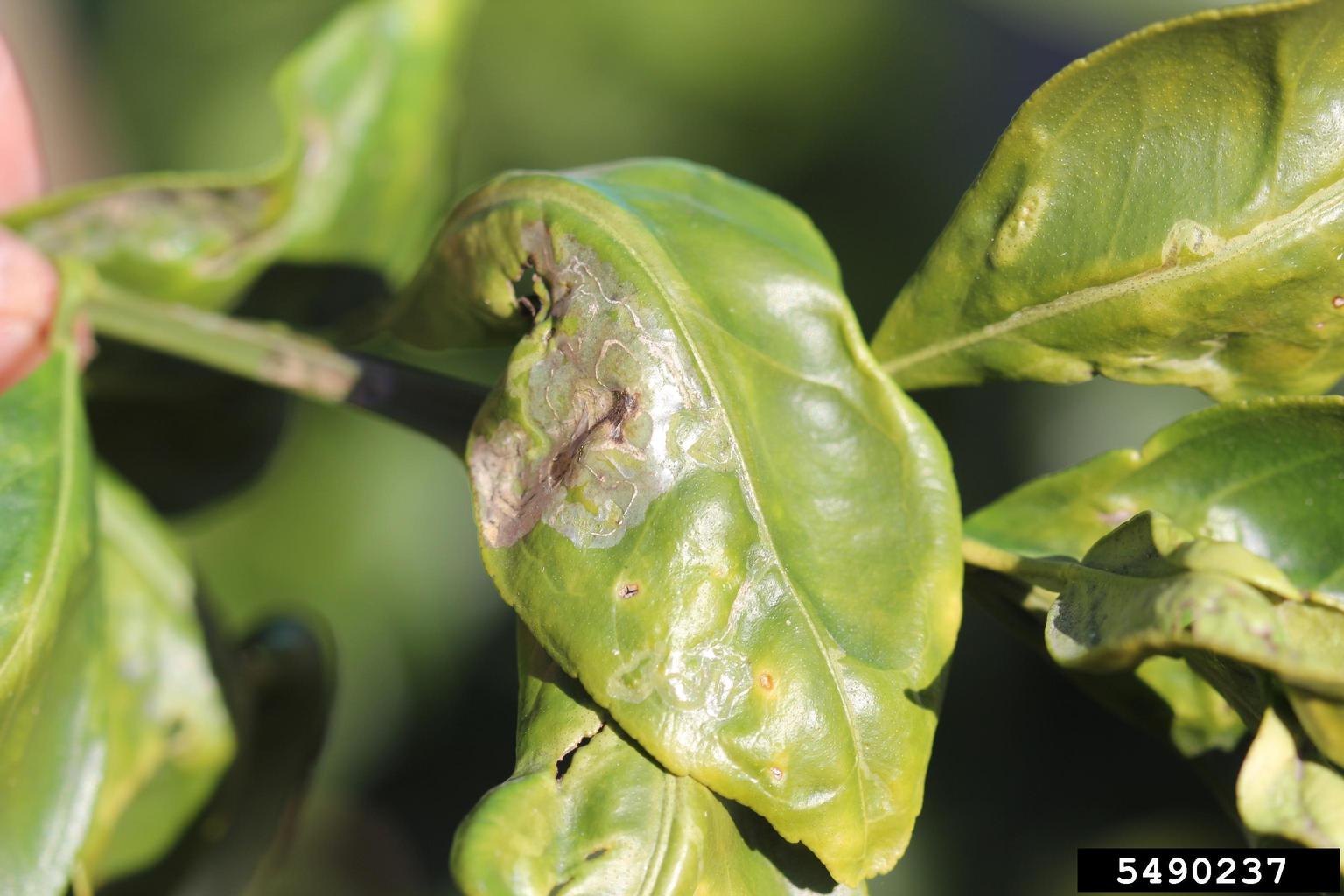 Lime Tree Leaf Curl: What Causes Curling Leaves On Lime Trees
Lime Tree Leaf Curl: What Causes Curling Leaves On Lime TreesYour lime leaves are curling and you have no idea where to start treating them. Have no fear, there are many innocent causes of leaf curl on lime trees. Learn what to look for and how to handle common lime tree leaf curl problems in this article.
By Kristi Waterworth
-
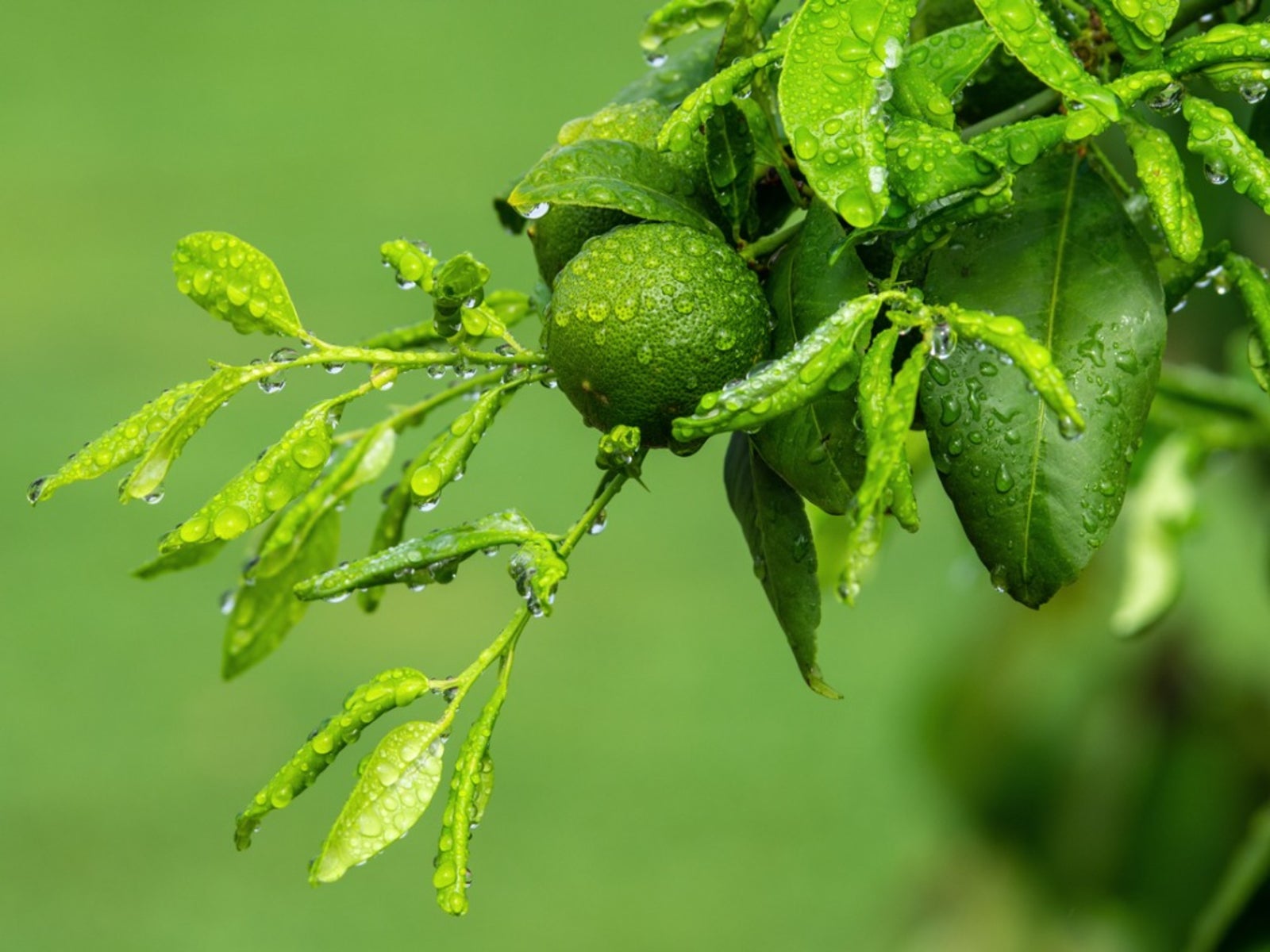 Fertilizing Lime Trees – Learn How To Fertilize A Lime Tree
Fertilizing Lime Trees – Learn How To Fertilize A Lime TreeGot a lime tree? Wondering how to fertilize your lime tree? Lime trees, like all citrus, are heavy feeders and, therefore, need supplemental fertilizer. But the question is, when do you fertilize lime trees? Click here and find out in this article.
By Amy Grant
-
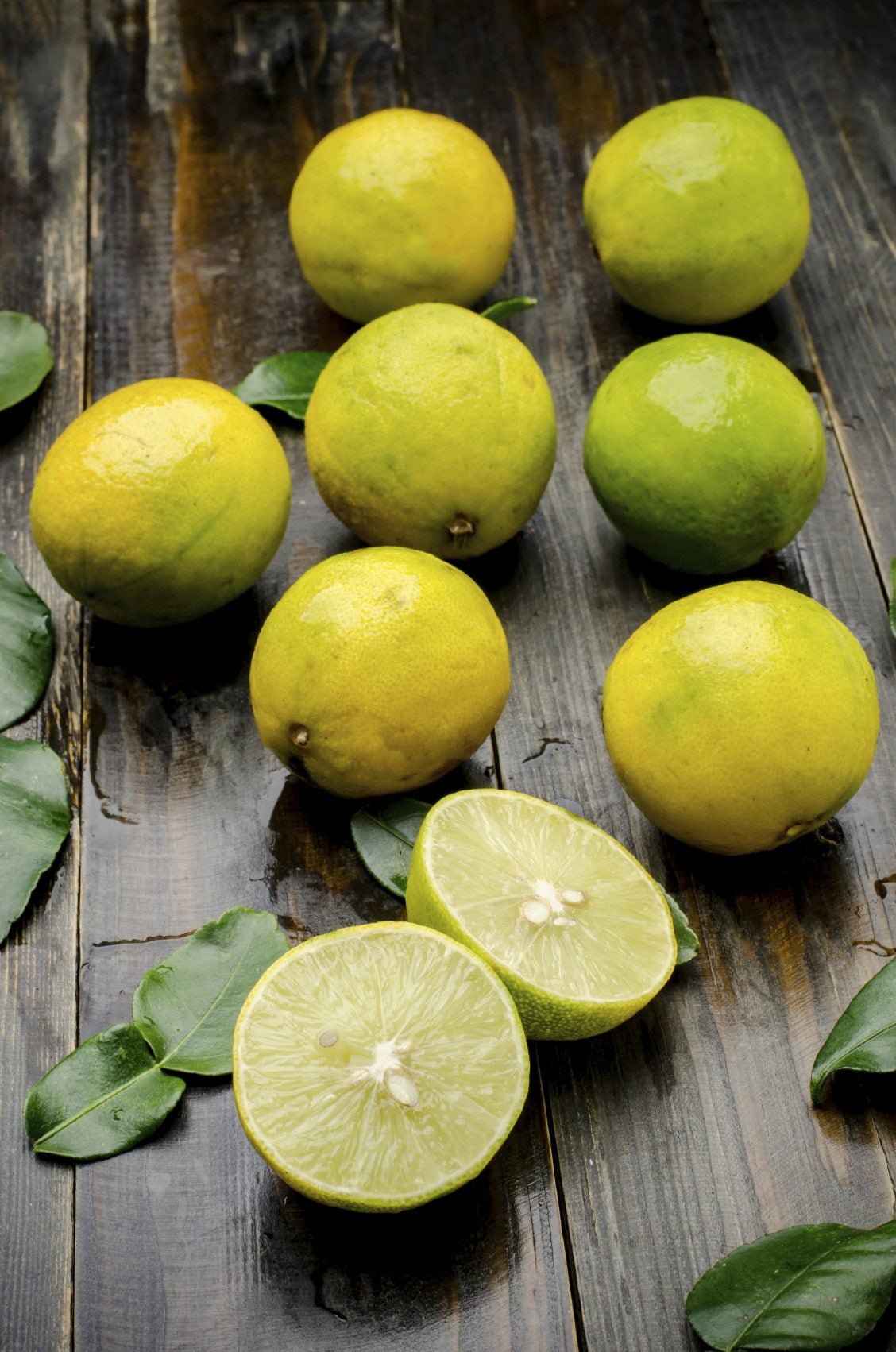 Are Yellow Limes Bad: What To Do With Yellow Limes
Are Yellow Limes Bad: What To Do With Yellow LimesWhen we purchase limes, they are generally fairly firm but with a slight give and uniformly green in color. What happens if you encounter limes with yellow skin though? Are yellow limes bad? Click here to learn more.
By Amy Grant
-
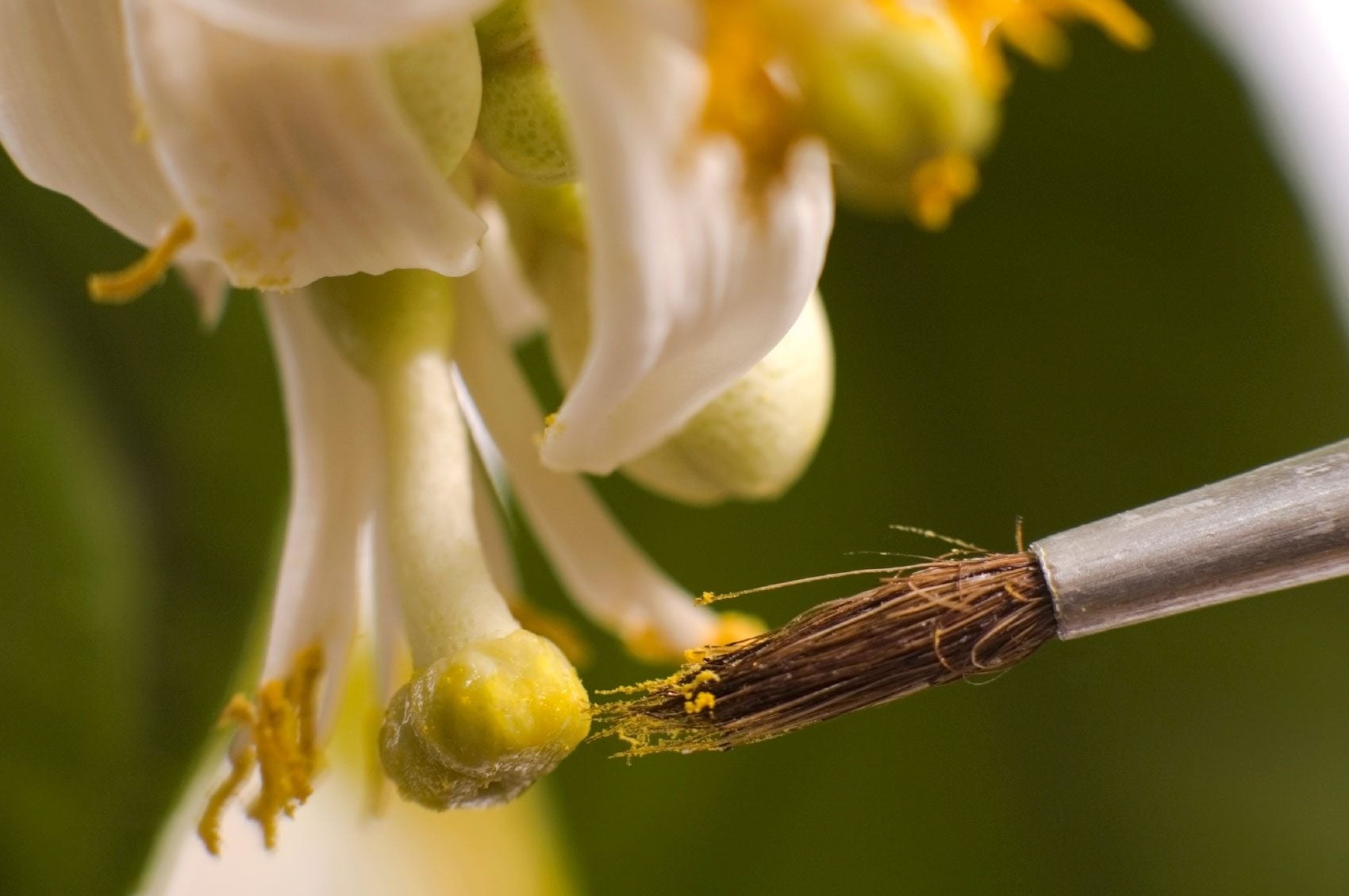 Hand Pollinating Lime Trees: How To Hand Pollinate A Lime Tree
Hand Pollinating Lime Trees: How To Hand Pollinate A Lime TreeIs your lime tree less than stellar in the pollination department? If your yield is meager, perhaps you have wondered if you can hand pollinate limes? This article will help you with hand pollination of lime trees.
By Amy Grant
-
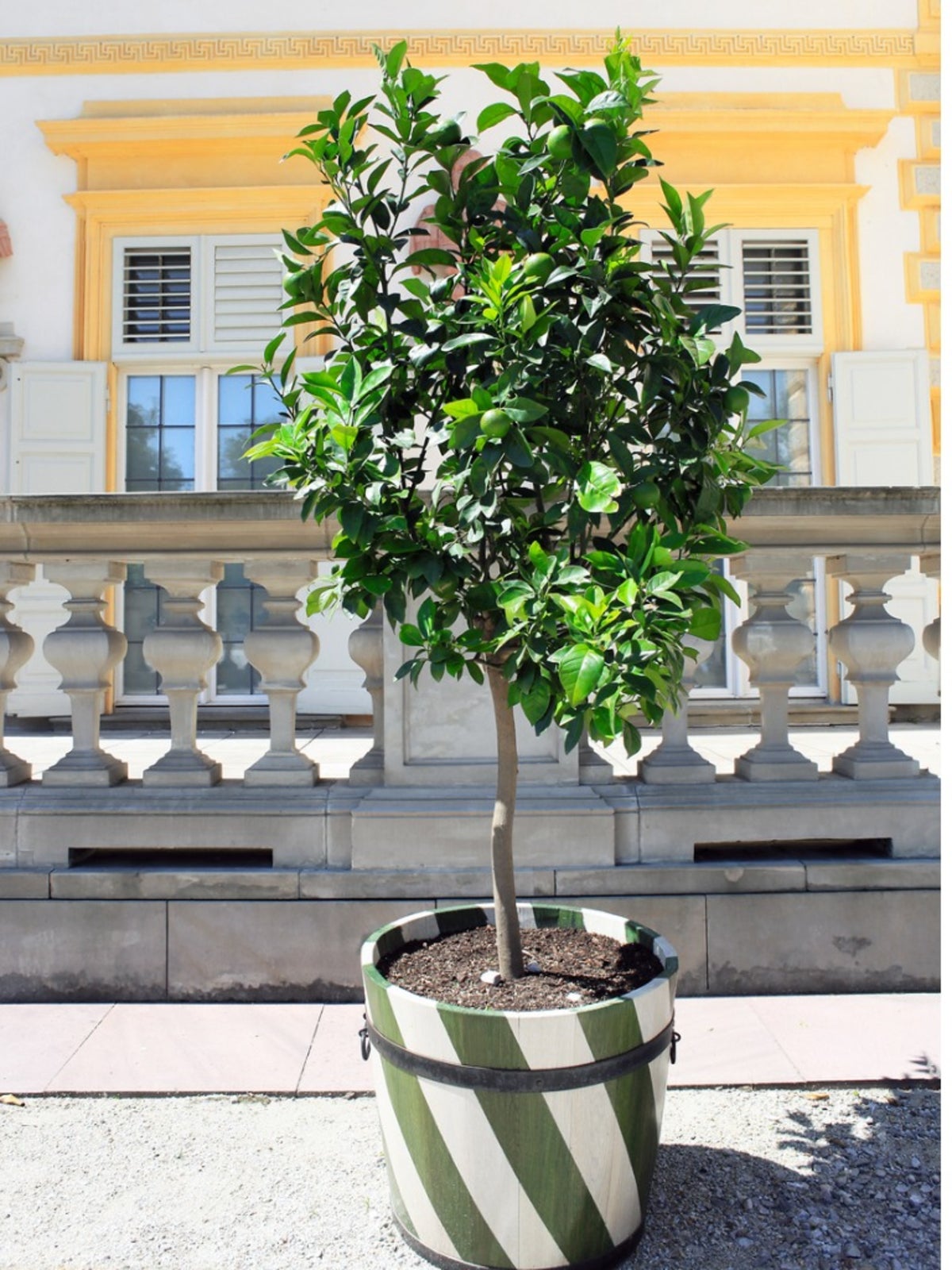 Potted Lime Trees: Caring For Container Grown Lime Trees
Potted Lime Trees: Caring For Container Grown Lime TreesGrowing lime trees in pots have the advantage of ease of movement and protection from cold. The information in this article will help with growing a potted lime tree. Click here to learn more.
By Amy Grant
-
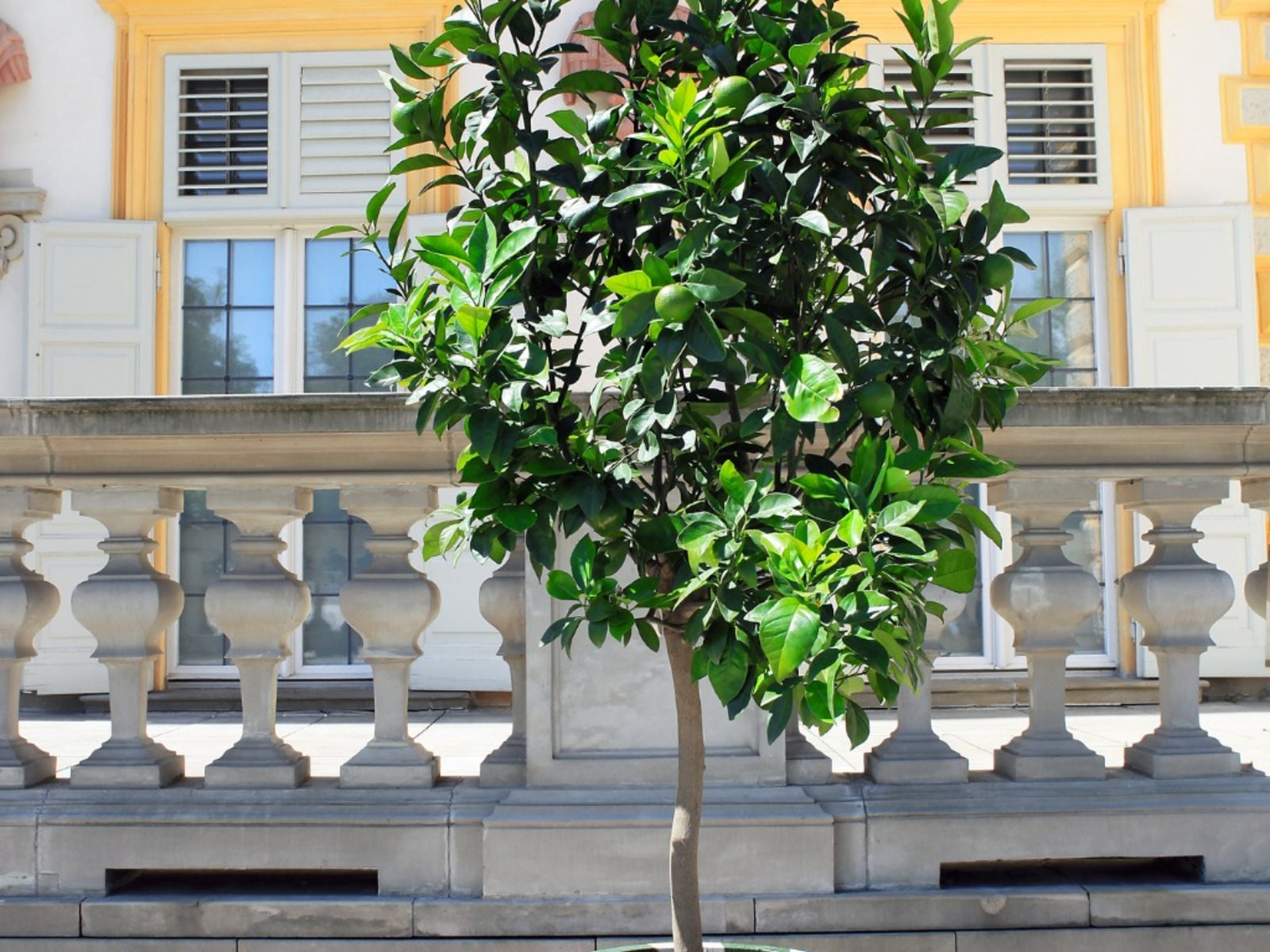 Watering Limes: How Much Water Do Lime Trees Need In Containers
Watering Limes: How Much Water Do Lime Trees Need In ContainersPlanting limes in pots will enable you to move them around more easily and grow them in cooler climates - but watering is crucial. How much water will these lime trees need? Read this article to find out.
By Amy Grant
-
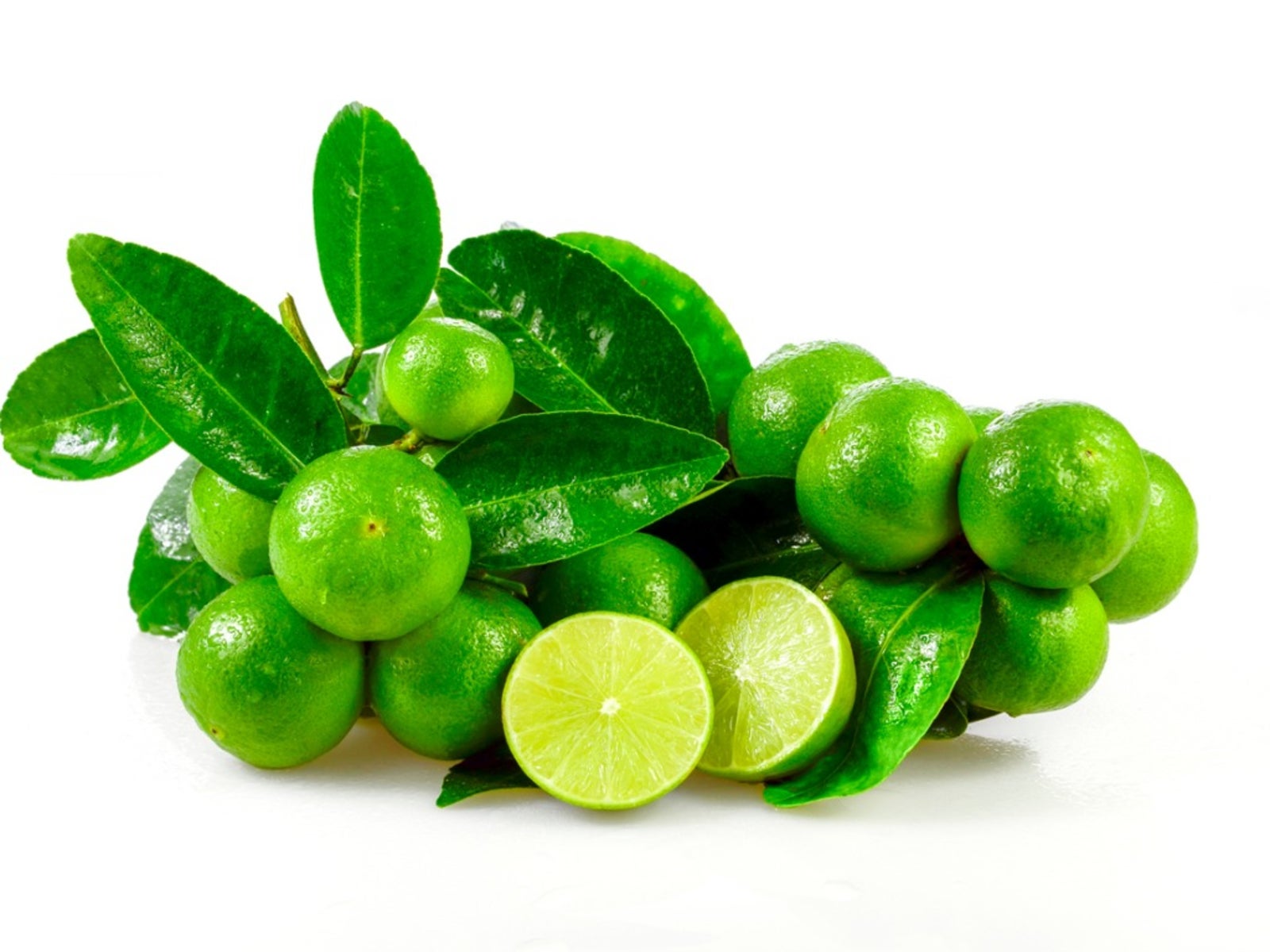 Mexican Key Lime Tree Information: Tips For Growing Key Limes
Mexican Key Lime Tree Information: Tips For Growing Key LimesAlmost anyone can grow Mexican key lime trees if you have the right information. Take a look at the growth and care of key lime trees in the following article and see if this lime tree variety is right for you.
By Gardening Know How
-
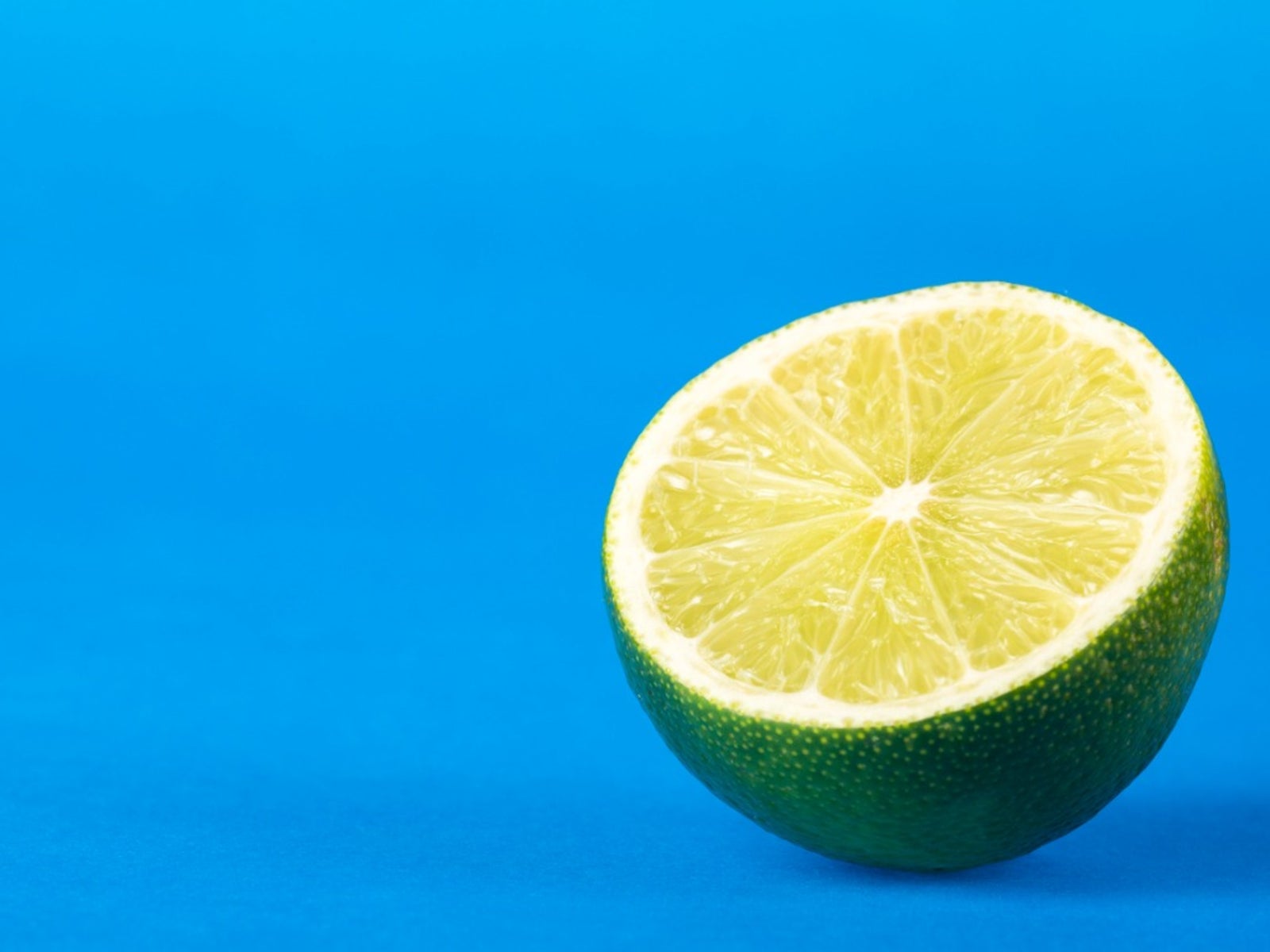 Persian Lime Care - How To Grow A Tahiti Persian Lime Tree
Persian Lime Care - How To Grow A Tahiti Persian Lime TreeThe Tahiti Persian lime tree is a bit of a mystery. Sure, it's a producer of lime green citrus fruit, but what else do we know about this member of the family Rutaceae? Find out about growing Tahiti Persian limes here.
By Amy Grant